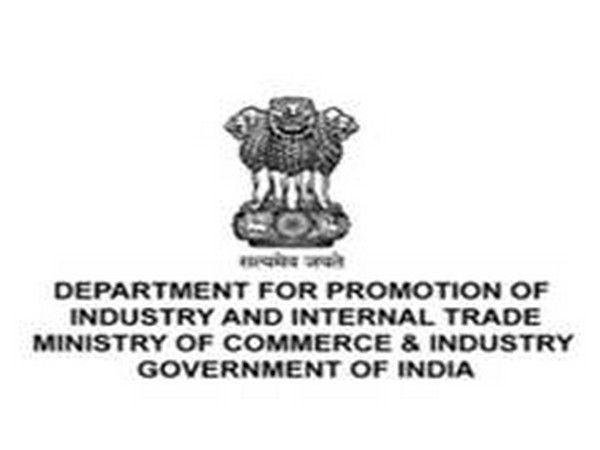DPIIT Migrates Industrial Entrepreneur Memorandum Services to NSWS
After starting commercial operations, applicants must file IEM Part-B, providing actual details of production capacity, commencement date, and operational metrics.

- Country:
- India
The Department for Promotion of Industry and Internal Trade (DPIIT), under the Ministry of Commerce and Industry, has successfully completed the migration of Industrial Entrepreneur Memorandum (IEM) services from the existing Government-to-Business (G2B) portal to the National Single Window System (NSWS). This major reform marks a significant milestone in the Government of India’s push towards Ease of Doing Business (EoDB) and digital governance.
A Single-Window Platform for Business Approvals
The NSWS platform is designed to provide a one-stop digital interface for entrepreneurs and investors, offering streamlined access to a wide range of government services, approvals, and registrations. With this migration, all IEM-related services will now be available exclusively through NSWS, eliminating the need for multiple logins or fragmented portals.
Services now integrated into NSWS include:
-
IEM Part-A Acknowledgement (prior to project implementation)
-
IEM Part-B Filing (post commencement of commercial production)
-
IEM Part-A Amendments (changes in initial submissions)
The platform also offers auto-population of data from government databases to reduce duplication, real-time tracking of application status for transparency, and a secure online payment gateway for convenient fee submission.
Mandatory Migration to NSWS
Effective immediately, all new IEM applications must be filed only through the NSWS portal: https://www.nsws.gov.in. Previous G2B portal login credentials will no longer be valid, requiring applicants to create new profiles on NSWS.
During registration, applicants must provide entity details such as:
-
Entity name and contact information
-
Email address
-
Corporate Identification Number (CIN) and Permanent Account Number (PAN)
-
Authorized signatory details
Once registered, applicants can access the IEM services under Central Approvals.
Filing Process Simplified
For IEM Part-A Filing, applicants are required to enter:
-
Project sector and NIC code
-
Item description and production capacity
-
Investment size and expected employment generation
-
Projected annual turnover
-
GST details (to fetch unit address)
Upon payment of the prescribed fee via the integrated payment system, the portal will generate an e-signed acknowledgement, available for immediate download.
After starting commercial operations, applicants must file IEM Part-B, providing actual details of production capacity, commencement date, and operational metrics. Similarly, IEM Part-A amendments can be submitted online by selecting the amendment service and paying the applicable fees.
Support for Applicants
For assistance, applicants can reach out to:
-
NSWS Helpdesk: nsws@investindia.org.in | Toll-free: 1800 102 5841
-
DPIIT IEM Helpdesk: iem-section-dpiit@gov.in | Phone: 011 23061177
Strengthening Ease of Doing Business
The DPIIT emphasised that the migration of IEM services to NSWS represents a critical step in making India a more business-friendly and investment-ready destination. By centralising services into one transparent, user-friendly digital system, the government seeks to reduce administrative bottlenecks and create a seamless interface between entrepreneurs and regulatory agencies.
The reform complements India’s broader policy agenda to:
-
Simplify compliance processes for industries
-
Promote transparency and accountability in approvals
-
Boost investor confidence by reducing red tape
-
Strengthen India’s competitiveness in global markets
A Boost for Investors and Entrepreneurs
The NSWS is seen as a key pillar in India’s journey towards becoming a trillion-dollar manufacturing hub and a global investment destination. By providing single-point access and real-time visibility into applications, the system empowers entrepreneurs to focus on scaling their ventures rather than navigating bureaucratic hurdles.
The DPIIT reaffirmed that this step is not just about digital migration but about creating an integrated, modern governance system that aligns with India’s vision of Digital India and the country’s goal to rank among the top global economies in ease of doing business.










